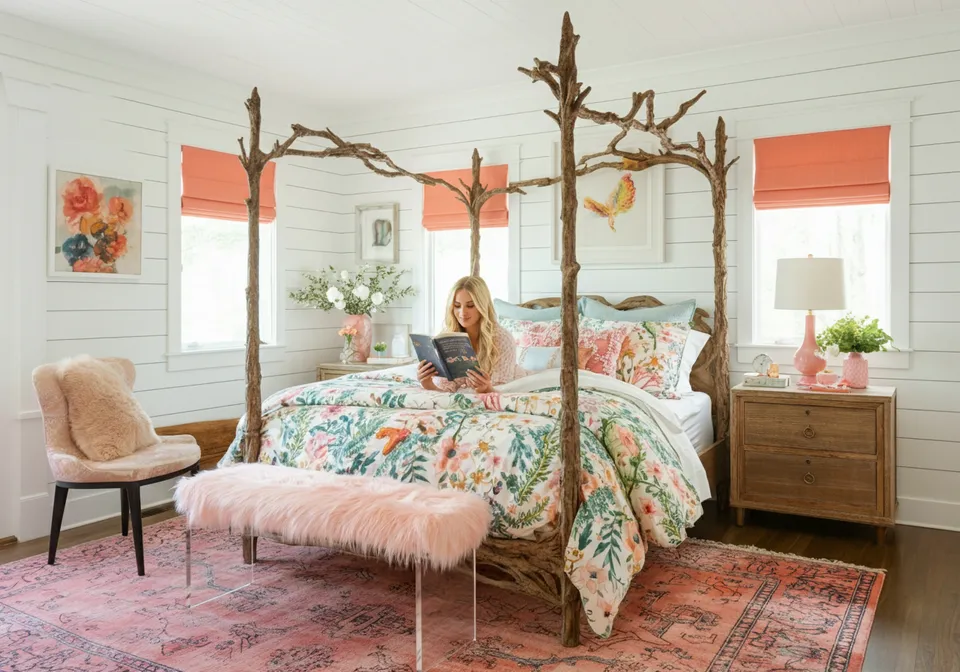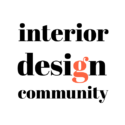
The interior design world is a haven for creativity and innovation, but even the most passionate designers can hit roadblocks. A recent question from the design community captured this perfectly:
“How do you work through what feels like a creativity block and get inspiration when you have a career block? I seem to get smaller projects like bathrooms but not the projects that bring me the most joy.”
This question is both relatable and crucial. For designers who dream of tackling expansive spaces and luxury designs, it’s disheartening to find yourself stuck in smaller, less fulfilling projects. But this is not an uncommon challenge, and there are ways to overcome it. Let’s explore how to move past creativity blocks and position yourself for the work you truly want.
Why Creativity Blocks Happen
Creativity blocks can stem from both internal and external factors. Here are some of the most common causes:
- Repetitive Work: Designing similar spaces repeatedly can feel uninspiring, making it hard to innovate.
- Misaligned Marketing: If your branding and portfolio don’t reflect your desired work, attracting those projects becomes a challenge.
- Fear of Rejection: Hesitating to pitch for bigger projects can keep you confined to smaller, more familiar ones.
- Burnout: Overworking on projects that don’t excite you can drain both energy and creativity.
Acknowledging these challenges is the first step toward overcoming them.
Strategies to Overcome Creativity and Career Blocks
If you’re feeling stuck, here are proven strategies to reignite inspiration and attract the projects you dream of:
1. Elevate Your Portfolio
Your portfolio is your professional calling card. If it only highlights smaller-scale projects, it may not appeal to clients looking for designers who can handle larger, high-stakes work. Even modest projects can be presented in a way that demonstrates creativity and skill.
For example, a bathroom remodel can become a standout piece in your portfolio with thoughtful styling, professional photography, and a clear narrative about the design’s challenges and solutions.
2. Define Your Ideal Client
Clarity is key when trying to attract the right clients. Who are you hoping to work with? What are their needs, budgets, and design preferences? Once you have a clear picture of your ideal client, tailor your messaging and marketing materials to speak directly to them.
Instead of emphasizing your general skills, focus on how your designs can solve their problems or elevate their lifestyle.
3. Refine Your Marketing Message
Potential clients want to know how your designs can improve their lives. Shift your focus from what you do to how your work benefits them. Instead of saying, “I design luxury homes,” consider language like, “I create spaces where families can connect and thrive.”
Social media is a powerful tool for sharing this message. Posting flat lays, renderings, or mood boards for dream projects—even if they’re conceptual—can help position you for larger opportunities.
4. Network Strategically
Building relationships with contractors, builders, and real estate developers can lead to exciting projects. Many of these professionals are looking for designers to collaborate with, and a strong partnership can result in consistent referrals.
When reaching out, focus on how your skills complement their work. Highlight the value you can add to their projects, whether it’s through creativity, efficiency, or expertise.
5. Stay Inspired and Keep Learning
When creativity feels elusive, seek inspiration outside of your immediate surroundings. Visit art exhibitions, explore new cities, or engage with other creative disciplines. Expanding your perspective can reignite your passion for design.
Additionally, investing in professional development—whether through workshops, new design software, or industry events—can keep your skills sharp and your ideas fresh.
Insights from the Community
The design community offers a wealth of wisdom, and these standout insights from fellow professionals highlight practical ways to overcome career blocks:
- @idgreenlist:”We’ve started reaching out to contractors that are producing the level of work we aspire to! The response has been AMAZING. So many of them are looking for designers, and they are ready to connect us with their clients. We’ve had to adjust our process slightly, but it’s worth it to see new results.”
- @laurasteininteriors:”I always found that when I changed the language and imagery in my marketing, the level of clients and projects changed with it. You have to be able to deliver on what you’re talking about, but when you come across as a confident expert, it makes a huge difference. Talk about luxury design as though you’re an expert, and before you know it, you will be.”
- @rmd_designs:”Vetting potential clients is vital. You don’t have to say yes to everyone. Make sure it’s a fit for both. A ‘no’ today makes room for the ‘yes’ projects tomorrow.”
These tips underline the importance of confidence, targeted marketing, and cultivating meaningful connections.
Final Thoughts
Creativity blocks and career stagnation are challenging but temporary. With a clear strategy and intentional effort, you can break free from smaller projects and position yourself for the work that excites and inspires you.
By refining your portfolio, aligning your marketing with your goals, and building strategic relationships, you can create a pathway to the projects you’ve always dreamed of.
What strategies have helped you navigate creativity blocks or career challenges? Share your insights in the comments—I’d love to hear your perspective!

